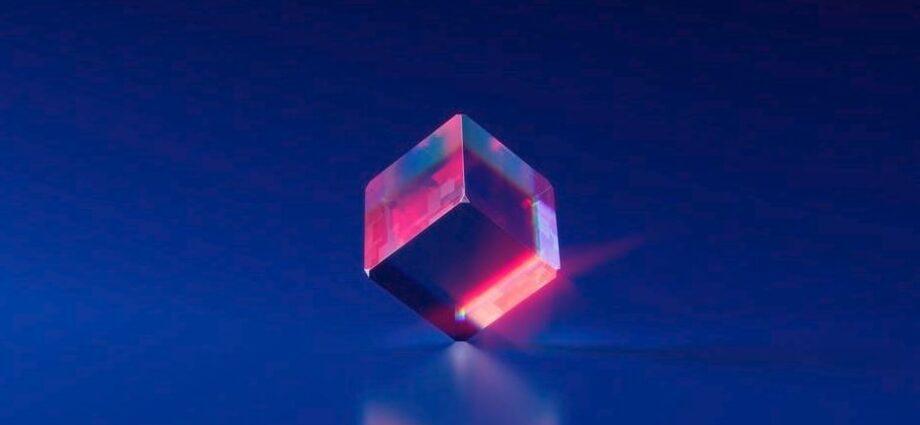When we talk about 2D and 3D, there are some obvious initial differences. A basic understanding is already implied by the term 3D, the extra dimension. That’s a little reductionist, though, and the difference between 2D vs. 3D is a lot more intricate.
You’ll find no end to the amount of discussion on which medium is better for artwork and animation. Does one come out on top, though?
The truth is that they both have their benefits and their drawbacks. Part of having a solid understanding is knowing the core differences between 2D and 3D. Having that information will help you understand which is most well-suited for a specific project.
Where 2D Brings Art to Life
Though it might not have the extra dimension that 3D has, there is no shortage of media showcasing how 2D can spring to life.
A skilled artist and animator can make something pop and move with greater realism than even the most cutting-edge 3D work. Think of classic shows such as The Simpsons, or any Disney classic.
Although the images are flat from a technical perspective, the way that illusion of movement can take shape in a 2D space is sometimes more believable than in 3D.
One expected difference between 2D and 3D might be the cost. For anybody trying to animate on a budget, they might have a shock coming their way. 2D artwork and animation can end up being more expensive.
Though there isn’t a requirement to have costly 3D modeling tools and assets, 2D can have steep time demands. If the art is hand-drawn and high-quality, multiply those time costs.
For sketches, mock-ups, and designs, 2D is king. You can click to find out more if you’re interested in hiring somebody skilled to produce 2D pieces.
Animation is more complicated, as each frame requires painstaking hand-drawn images. Take something like flipbook art as an example. The image must be redrawn over and over with high accuracy to achieve the best results.
Though there is some automation with vector graphics, it will never reach the same level of ease as 3D.
Exploring a New Dimension
3D has its fair share of complications as well. It’s not as time-consuming but can become tricky with creating realism.
It’s not as simple as making a 3D object ready for manipulation immediately. The extra dimension will help you realize the shape and space of the object quicker, but not render a realistic representation.
Other skills are what achieve something usable for presentation or animation. Texturing adds the visual element of the object. A fully-rigged skeleton readies the model for use in animation.
Once it’s all set up, 3D is popular for how quick and efficient it can be. The downside is that there is a far greater margin of error. Plenty of examples of poor CGI exist, and they stand out.
Final Thoughts on 2D vs 3D
In the end, 2D vs. 3D really comes down to your exact requirements.
Do you need a representation of an object with a high degree of technical accuracy? Then 3D is your go-to medium. If you want a quicker-to-produce sketch or a design with a difficult-to-achieve aesthetic, then 2D may be a better fit.
As with most things, there are pros and cons. Something with no cons, however, is reading more of our blog! Stay tuned for more, whether it be related to tech, business, or lifestyle tips.

Comments are closed, but trackbacks and pingbacks are open.